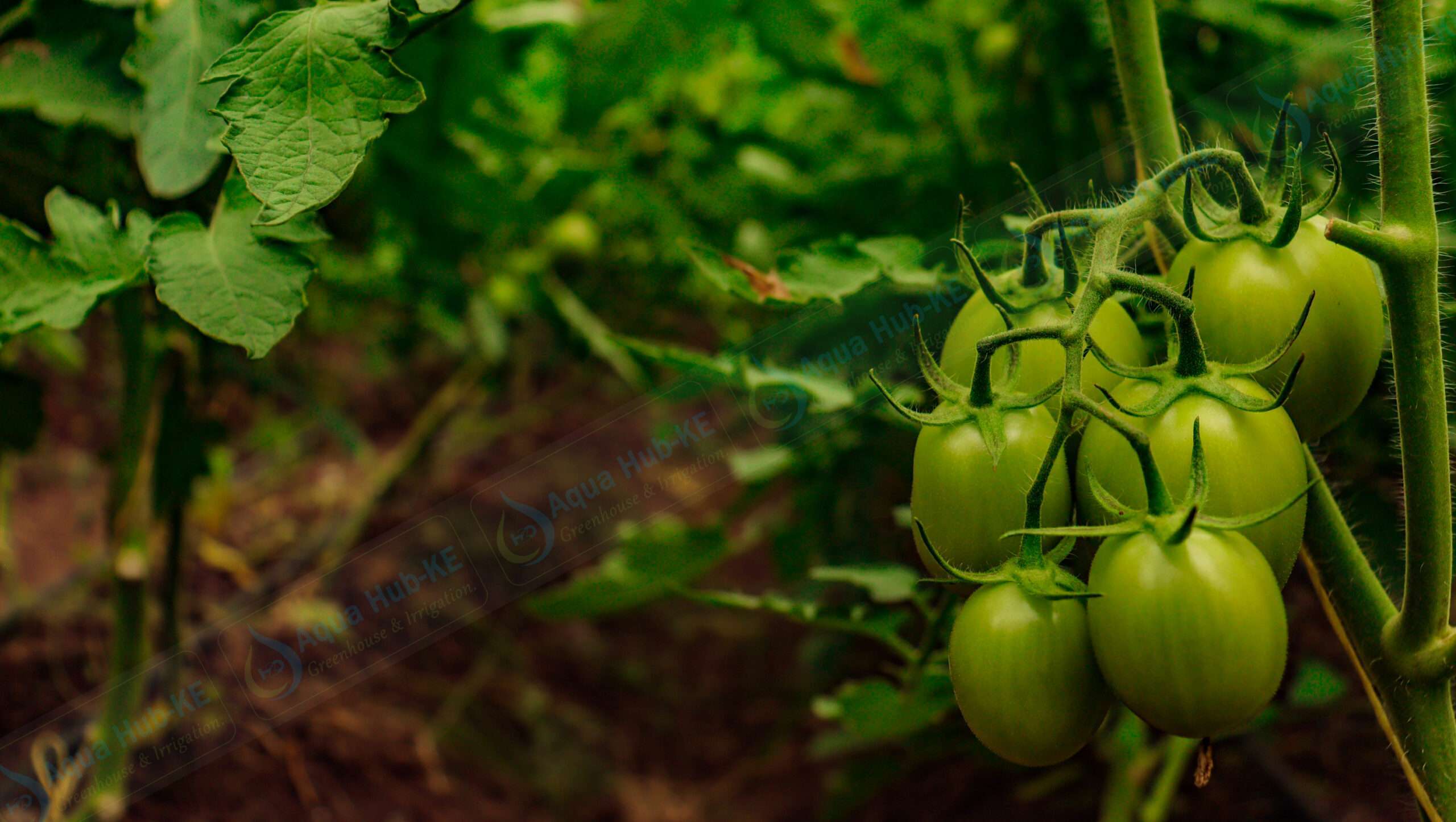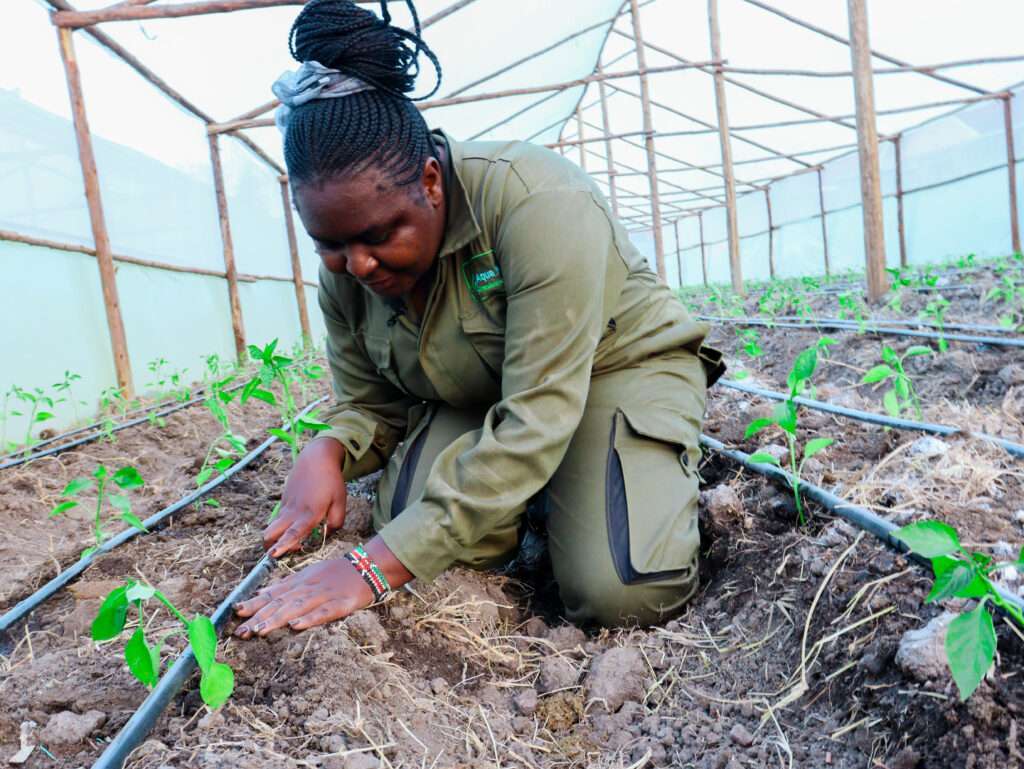How to Grow Tomatoes in a Greenhouse

Tomato plants are short-seasoned crops that are popular food spices for cooking a variety of meals. It is becoming popular to grow tomatoes in a greenhouse environment as it has proven effective and highly profitable.
Why Grow Tomatoes in a Greenhouse Environment?

Growing tomatoes in a greenhouse environment has a great impact on the yield of tomato plants. The environment inside the greenhouse is controlled and meets the conditions for proper tomato growth.
Therefore, it is easier to enhance continuous growing seasons. Tomato plants yield fruits for continuous seasons until they reach maximum potential.
Fruits harvested in the greenhouse are juicy, healthy, big, and fresh.
Greenhouse structures are free from pests and diseases; hence no fruits can rot.
The plants do well in a hot climate with the presence of sufficient water.
Hybrid Tomato Varieties to Grow in a Greenhouse
Several varieties of tomato plants do well in open fields and greenhouse environments.
Consider the best varieties to grow in your greenhouses by considering the water requirements, resistance to disease, and yield.
The tomato varieties that are grow well in greenhouses are;
- Anna F1 – Develops a high yield of deep red fruits which are oval. They take about 3 months to mature.
- Tylka F1 – has a relatively lower yield compared to the Anna F1 variety. They can remain fresh for a long time about 28-30 days after ripening or harvest. The harvesting period extends to a maximum of 6 months.
- Chonto F1 – Variety of tomato plants with the highest yield in production. Can take 2 ½ months for fruits to ripen. The harvesting period goes for up to 8 months.
- Bravo F1 – Adapts well to various climatic zones of most regions in Kenya. Matures earlier and produces a higher yield of about 240 tons per acre.
- Cherry varieties such as Koko and Chika types. These varieties have higher yields, and the production season extends for up to 3 years.
Getting Started by Propagating Tomato Seedlings
Begin the cultivation process by propagating or acquiring seedlings needed to grow tomatoes in a greenhouse.
Start the seedlings in nursery trays by filling them with mixtures of manure and soil. Then sow the seeds and water them until they germinate.
Transplanting tomato seedlings to the field
The land should be ready before you transplant; well, plowed to a soil depth of 15- 20 cm.
Prepare the planting holes on a spacing of 15 cm apart; 30 cm wide and plant the seedlings.
Install the drip irrigation kits in the greenhouse environment and place them properly to allow water supply.
Irrigate the tomato plants regularly while monitoring them to prevent excessive or underwatering.
How to Apply fertilizers
To apply fertilizers to tomatoes grown in a greenhouse, it is recommended to use drip kits. Fertilizer kits need to be along the system to feed soluble fertilizers into the water supply and allow reach through drip lines.
Benefits of Grow Tomatoes in a Greenhouse
Due to low humidity, there is no threat to Diseases such as blight and mild dew. Fruit rots is also less probably to occur.
It promotes a high yield of tomato fruit during the season due to extensive harvesting periods.
Support stakes and ropes allow the crop to grow high and produce more fruits.
Frequent drip irrigation which makes the crop growth continuous.
Protection from harsh cold and direct sunlight and thus water and nutrients are available in the soil.
Start Today and Grow Tomatoes in a Greenhouse
Are you willing to turn your land into a high-income generating Venture? We are here to help you grow tomatoes in a greenhouse structure.
Choose the wooden or metallic ideal size you want, and we can proceed to help you build and start benefiting from it.
Available sizes are not limited to one but up to any size that can be as stable as possible.
Call 0790719020
